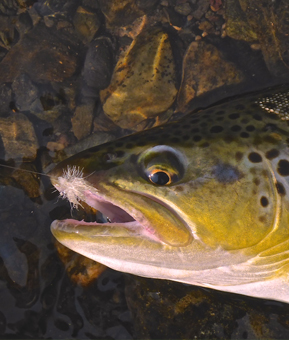A dental extraction (also referred to as tooth extraction, exodontia, exodontics, or historically, tooth pulling) is the removal of teeth from the dental alveolus (socket) in the alveolar bone.
How Extractions are Done
- Use primarily Carbocaine 3% with no Epinephrine (Mepivicaine Hydrochloride). If necessary for pain control, Marcaine 0.5% with 1:200,000 Epinephrine can be added.
We never use Lidocaine Hydrochloride 2% with 1:1000,000 Epinephrine or Articaine Hydrochloride 4% with 1:100,000 Epinephrine for surgical procedures. Lidocaine can be used after surgery locally, not as a block, to control excessive hemorrhage. - The periodontal ligament will be thoroughly removed by either scraping the socket with a sharp curette or by removing the ligament with a large wound bur in a saline wash surgical drill. We prefer hand curettage because we can “feel” the difference between ligament and bone. We will use the surgical drill method if we feel there is not enough bleeding to promote good healing, even tapping into the bone to start enough good blood flow. Patients with normal clotting times do very well with this method.
- We silently pray for every patient after any surgery unless the “request for permission” is negative. We are convinced that this improves outcomes.
- Additional information on “dry sockets.” Our average is 2% and the national average is 11%.

